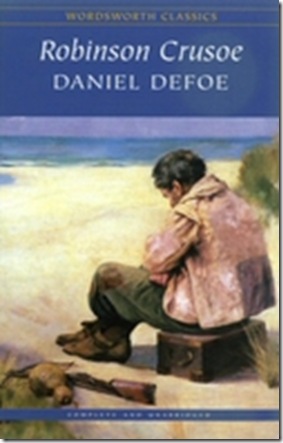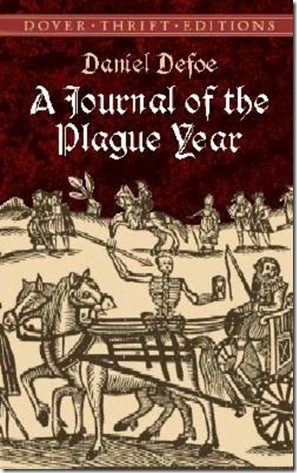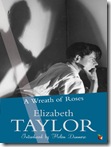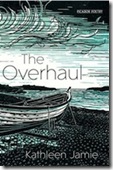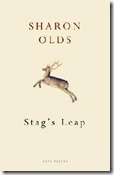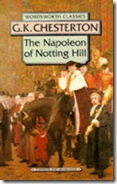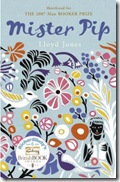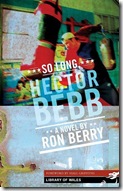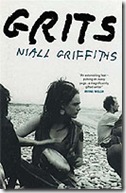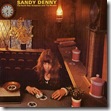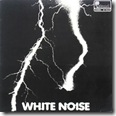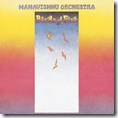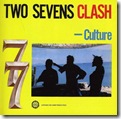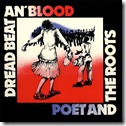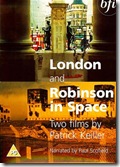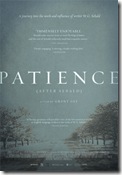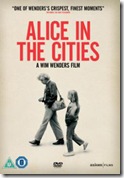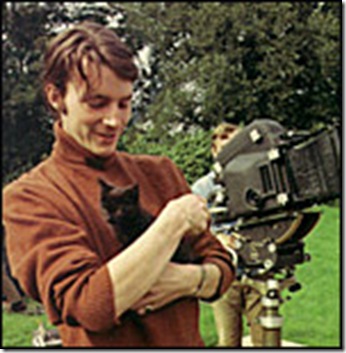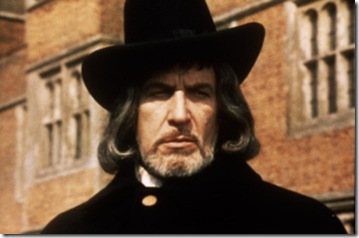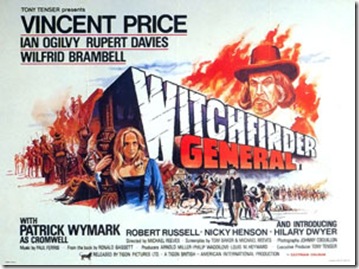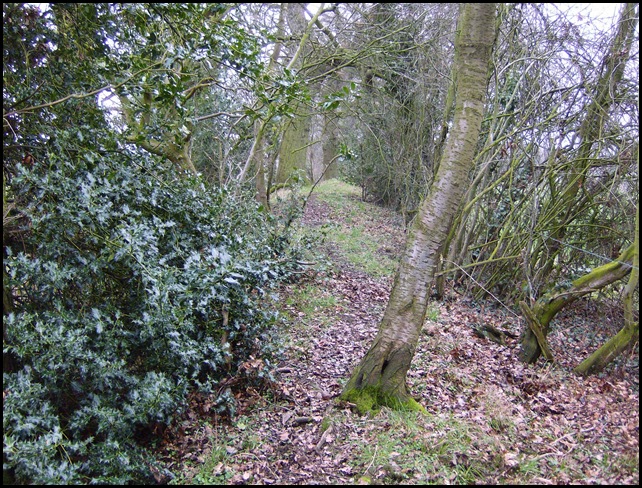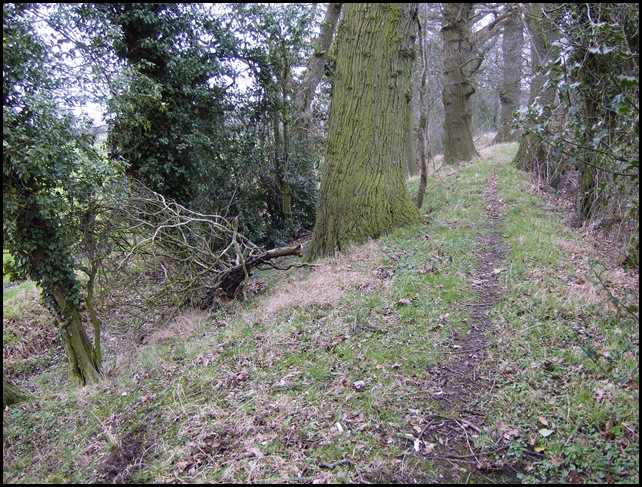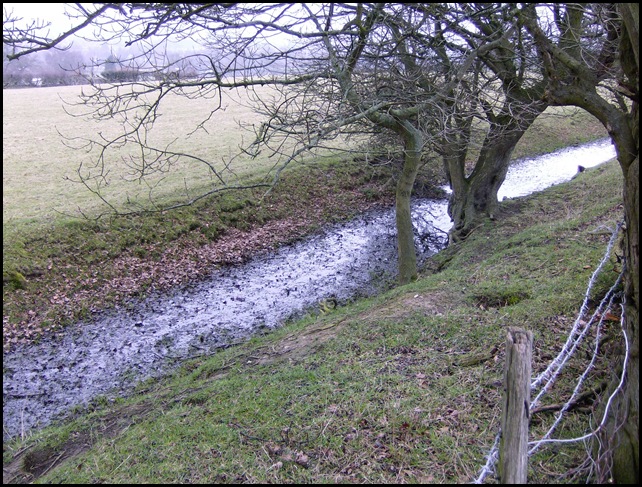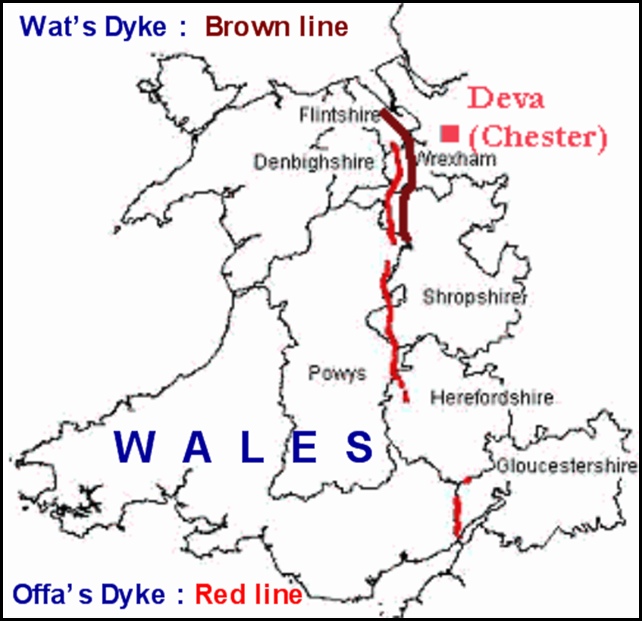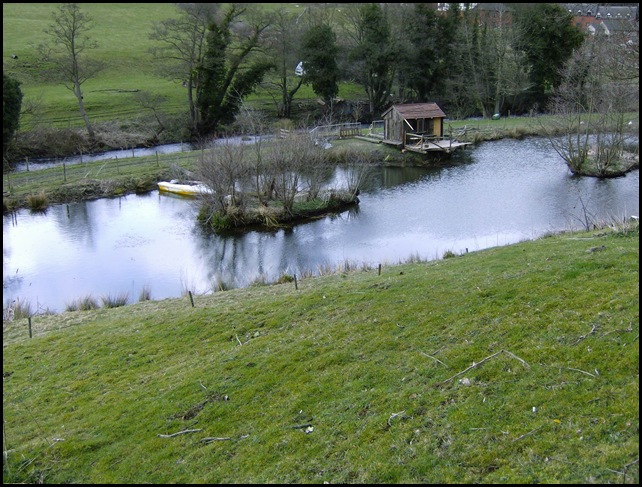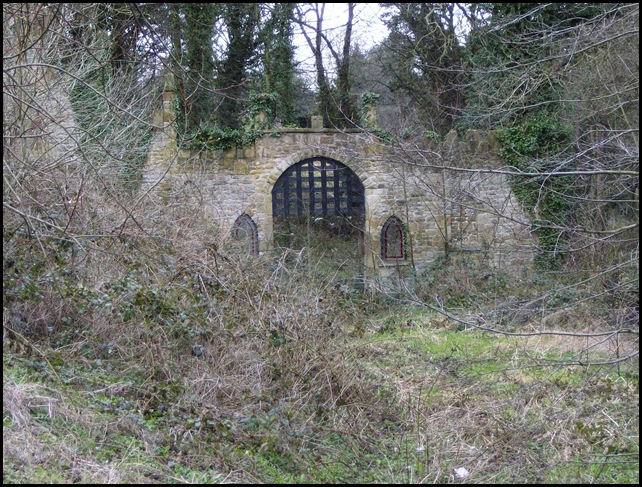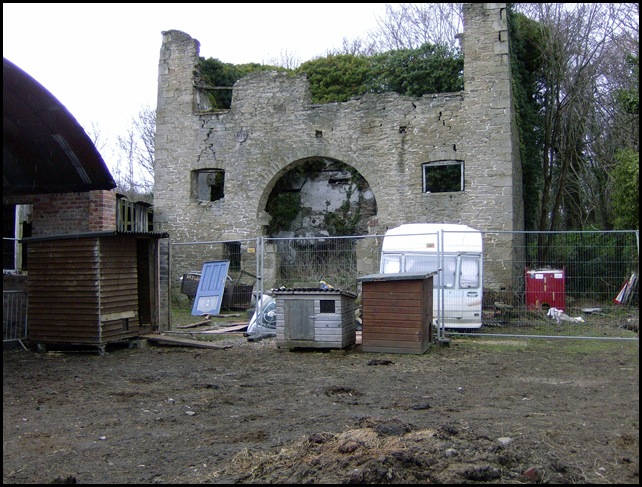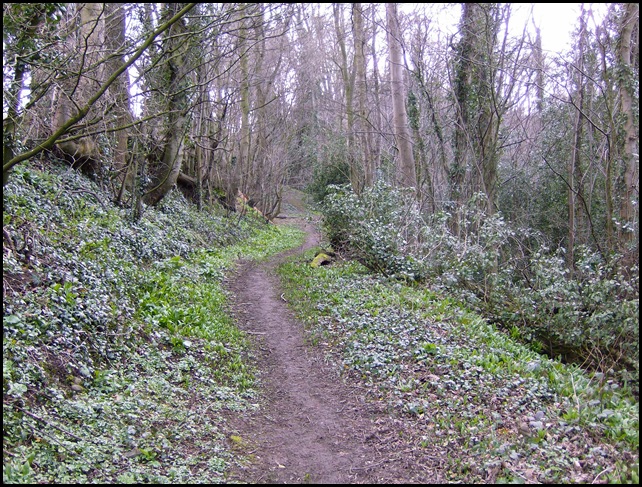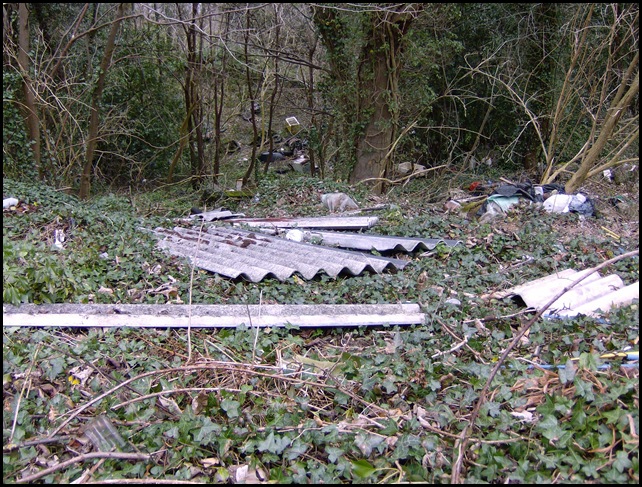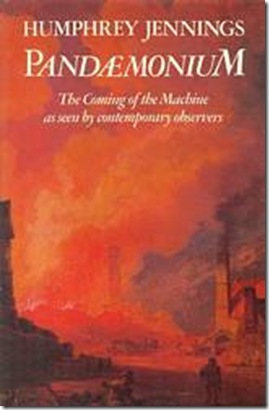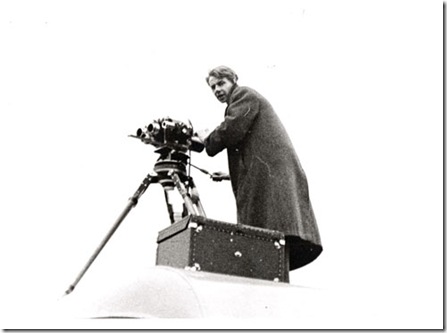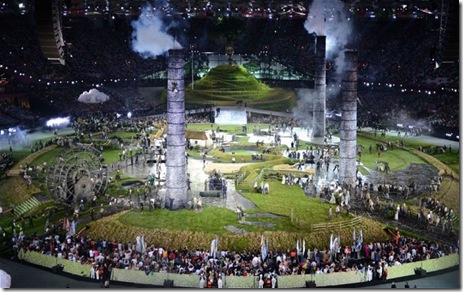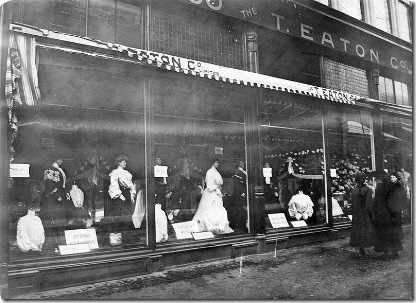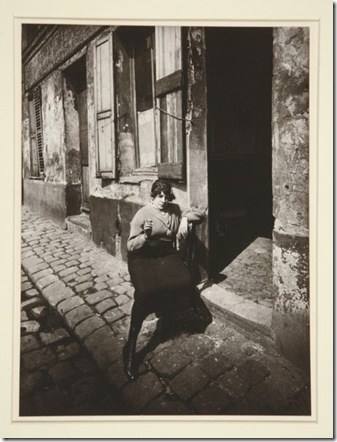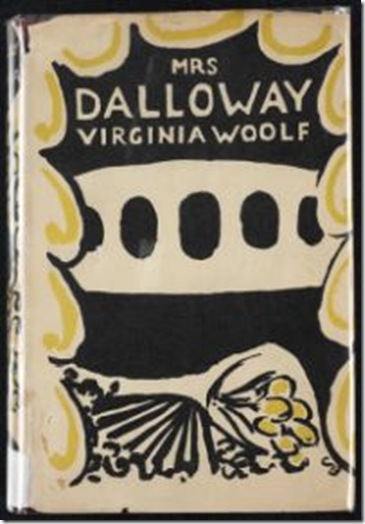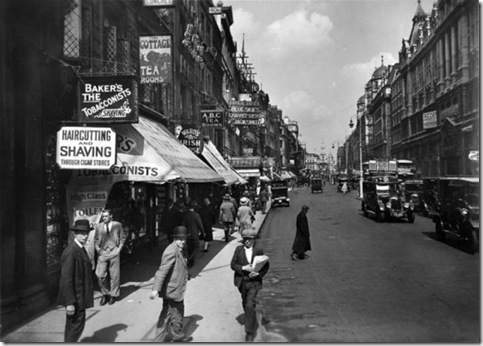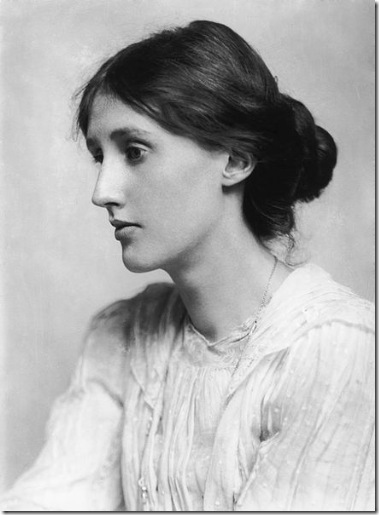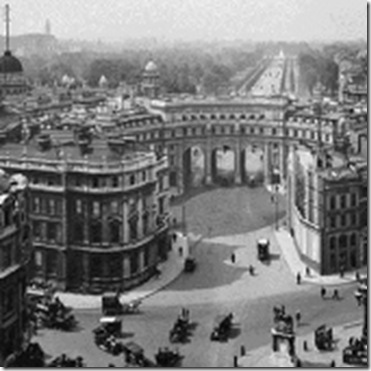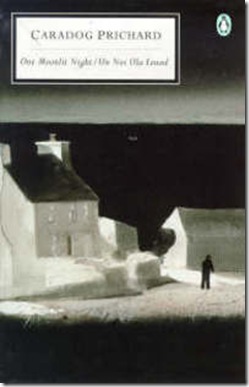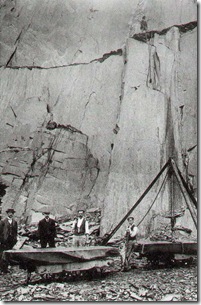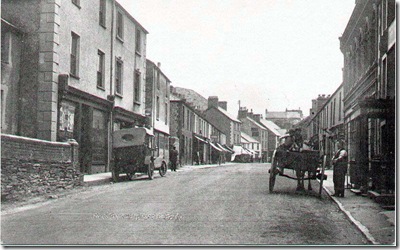Psychogeographic Review is pleased to publish its first guest post, with Joe Clarke championing Daniel Defoe’s role as an early psychogeographer. All views expressed as those of Joe Clarke.
Defoe’s contribution to the history of psychogeography is twofold. On the one hand his novel Robinson Crusoe releases a character who not only haunts the subsequent history of the novel itself but who also provides a curious intersection with the evolution of psychogeography. As we shall see, the figure of Robinson links Defoe to Rimbaud and the flâneur as well as to more recent incarnations of the urban wanderer in the films of Patrick Keiller. But it is in his Journal of the Plague Year that Defoe provides the prototype psychogeographical report and, in the process, establishes London as the most resonant of all psychogeographical locations.
Coverley, Merlin. Psychogeography (Pocket Essential series)
Merlin Coverley is a big name in psychogeography, but I don’t know how big he is physically.
He may not have written the book on psychogeography but he has written a book on it, and jolly good it is too. In that book Coverley states that Daniel Defoe gave us the first psychogeographer in Robinson Crusoeand in Journal of the Plague Year he gave us the first psychogeographical novel.
So I read them. Both of them. All the way through. And I think old Merlin has got it the wrong way round. Not that I am going to offer to fight him about it, or anything. As I said, I have no idea how big he is.
Robinson Crusoe (the person) is not really into studying ‘’the specific effects of the geographical environment, consciously organised or not, on (his) emotions and behaviour’’, which was the original definition of psychogeography. He is mainly into surviving. This may seem like stating the bleeding obvious, but the point I want to make is Rob, and I‘m going to call him Rob because I’m already pissed off typing psychogeography out all the time without having to keep repeating Robinson as well, Rob is not at all interested in the way the geography around him is affecting his mood. The novel is, however. Nit-picking, I hear you mutter. No, I say, loudly, making you look up. This is my point. Rob is not a psychogeographer but the novel Robinson Crusoe is very much about psychogeography.
The geography of Crusoe’s island is a key factor of the book and directly affects Rob’s emotions and behaviours. The flora and fauna are plentiful, and edible, and safe, and allow him to feed himself relatively easily, but that does require a steady level of manual labour to maintain a good supply. The weather is kind but has seasonal downpours, which means he needs to build an indoors and then keeps him in those doors for chunks of the year. The location itself includes a tricky current around the island which prevents him escaping to the just visible mainland. And the island’s size means he can observe evidence of cannibalistic visitors from the mainland without coming into contact with them for over twenty years.
This supply of food, isolation from (and eventual fear of) human contact, and impossibility of escape all input directly to his state of mind. So geography affects his mood and emotions and the book explores this.
Coverley also tells us about a ’’… verb, reputedly coined by Arthur Rimbaud, robinsonner, which means ‘to let the mind wander or to travel mentally.’ Robinsonner refers back to Defoe’s Robinson Crusoe with its twin themes of the imaginary voyage and isolation.’’Well Rob doesn’t ever do any ‘mental travelling’, even though he has an awful lot of time sitting around, with nowhere else to travel to. Defoe keeps him very firmly rooted in his here and now, concentrating on what he is doing, and doesn’t have him letting his mind drift off to other places. So although Rob travels widely before and after his shipwreck, he spends the part of the book when he is on the island very much on the island. So I don’t know what Rimbaud was on about. And I don’t mind telling him that, because he is dead.
Which is why I reckon Robinson Crusoe, the book, is psychogeographical, but Rob himself cannot be claimed as a psychogeographer.
And so onto A Journal of the Plague Year.
It is not a psychogeographical report, prototype or otherwise. I t isn’t. I mean it’s is very definitely a London novel, and is great on the details of London, but the spotlight is so brightly shone on the plague that the geography of the city becomes lost in its shadow.
Take these two extracts about Harrow Alley.
I was indeed shocked with this sight; it almost overwhelmed me, and I went away with my heart most afflicted, and full of the afflicting thoughts, such as I cannot describe just at my going out of the church, and turning up the street towards my own house, I saw another cart with links, and a bellman going before, coming out of Harrow Alley in the Butcher Row, on the other side of the way, and being, as I perceived, very full of dead bodies, it went directly over the street also toward the church. I stood a while, but I had no stomach to go back again to see the same dismal scene over again, so I went directly home, where I could not but consider with thankfulness the risk I had run, believing I had gotten no injury, as indeed I had not.
Harrow Alley, a populous conjunction or collection of alleys, courts, and passages in the Butcher Row in Whitechappel,—I say, what could be more affecting than to see this poor man come out into the open street, run dancing and singing and making a thousand antic gestures, with five or six women and children running after him, crying and calling upon him for the Lord’s sake to come back, and entreating the help of others to bring him back, but all in vain, nobody daring to lay a hand upon him or to come near him?
As you can see, the effects of the geography of London on the hero are very secondary to the effects of the plague on him. It could hardly be otherwise really. I mean it was a pretty big deal. The book is clear about that. The plague got a lot of attention in 1665. It was distracting. If you read the book to get a feel for London in the 17thcentury you will be scrapping for morsels. What you will get is a great account of how London coped with the plague.
The details that the book goes into, the dates and the numbers, are all about death. The mapping it explores is all about the spread of the disease. It is about how the plague affected London and Londoners, not about the way London affected Londoners.
The hero, HF, I would claim as a prototype psychogeographer, though.
Identified only by his initials at the end of the book, HF is supposedly based on Harry Foe, Daniel Defoe’s uncle. Dan used Harry’s journals as the basis of the book, by all accounts. Daniel Defoe was born Daniel Foe, by the way, but added the De to sound posher. And you can see his point. Danny Foe sounds like a cockney villain in a straight-to-DVD gangster film.
I think, on the other hand, that Harry is at heart a real psychogeographer. If his nephew had given us one of his journals from any other year then I bet it would have been a real prototype psychogeographical report.
In the book Harry goes for walks as much as he can, even when it is a really bad idea, such as when everybody else has a horrible infectious disease. And he comments on what he sees and how what he sees affects him and those around him. Unfortunately all he really sees is the plague. Because it’s the Plague Year. And when he isn’t walking about he is retelling the stories of other people who were walking about. But they are also pretty much preoccupied with the plague as well. So we do not get any psychogeography. We get plagueography.
Would I recommend either book? Well, I’m glad I read them. Robinson Crusoe has a life of his own outside of the book, and it was interesting to see what he was really like, but if you are faced with an either or choice I’d say look up A Journal of the Plague Year. It’s worth wading through (and some parts are a bit boggy) for the vivid sense it gives of London in crisis.
So there we have it. I agree with Merlin Coverley that Daniel Defoe has given us the prototype of the psychogeographical report and the prototype psychogeographical hero. It’s just that I think Robinson Crusoe is the report and Harry Foe the hero.
So there, take that Merlin. (Does anybody know how big he is?)
Joe Clarke lives in Turkey with his wife, daughter, dogs, and cat. He has another daughter back in London where he grew up and worked as an engineer. She is going to gigs and parties. He isn’t. He teaches and does a bit of editing work and goes for walks. And reads.

